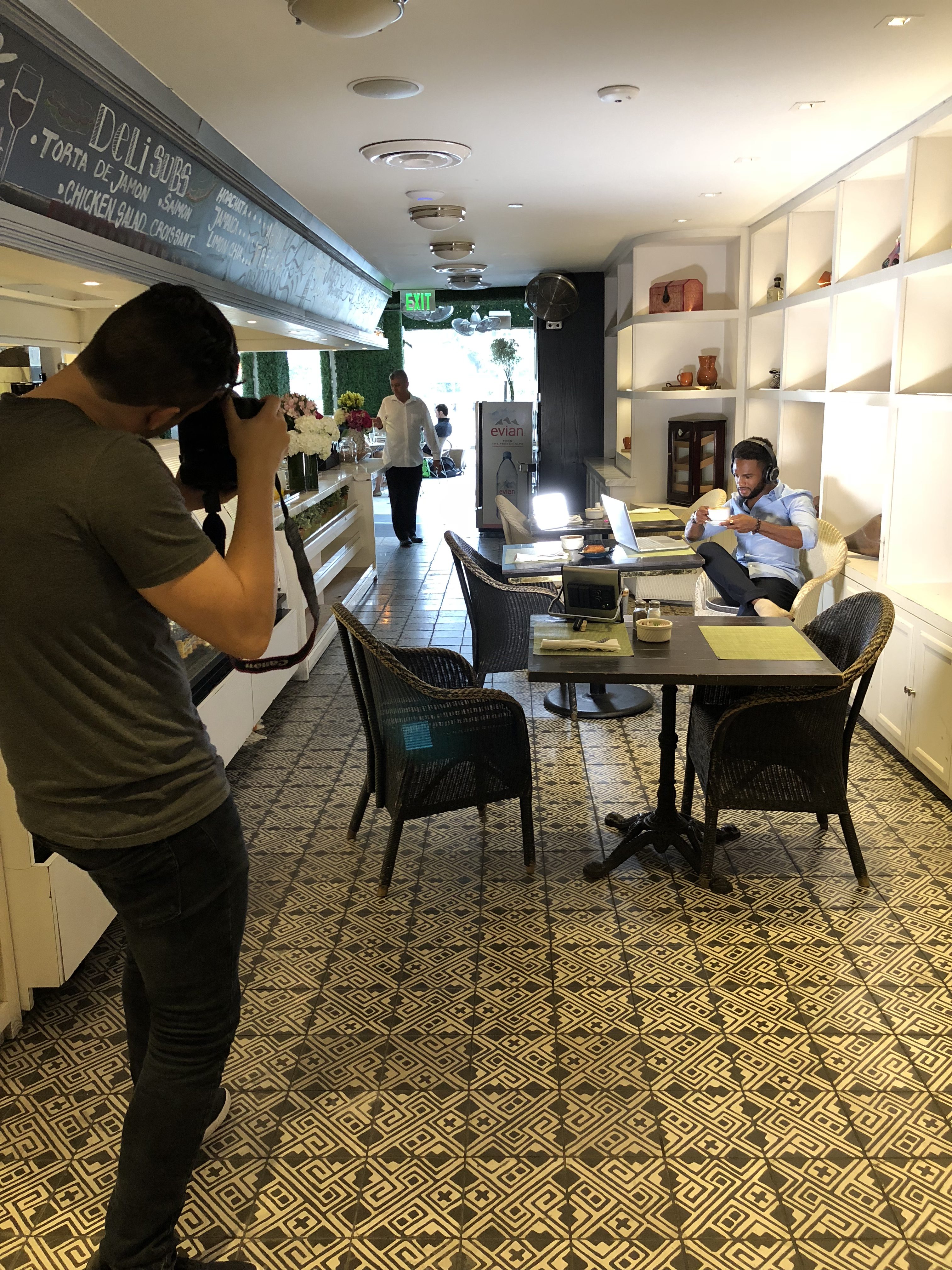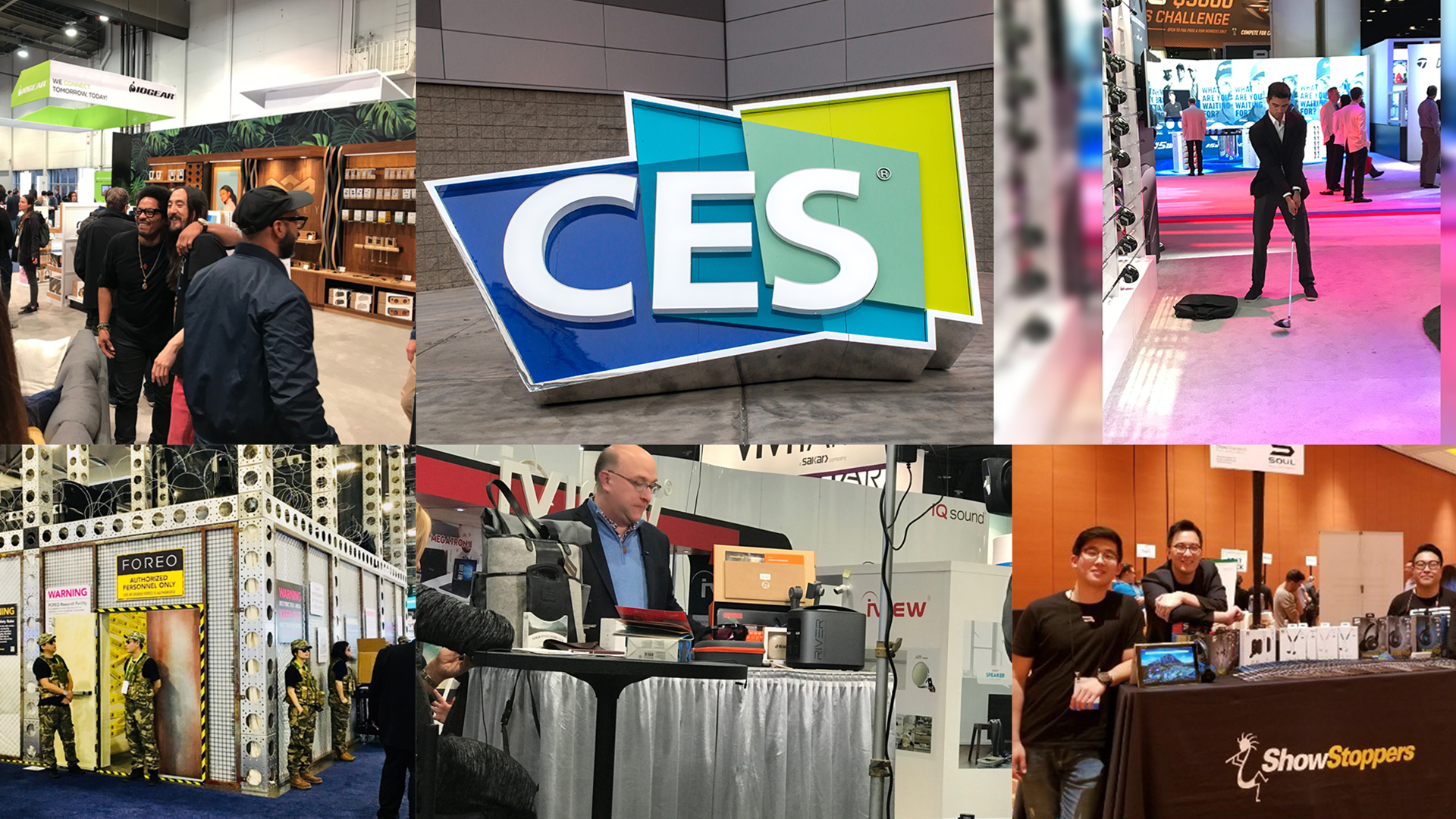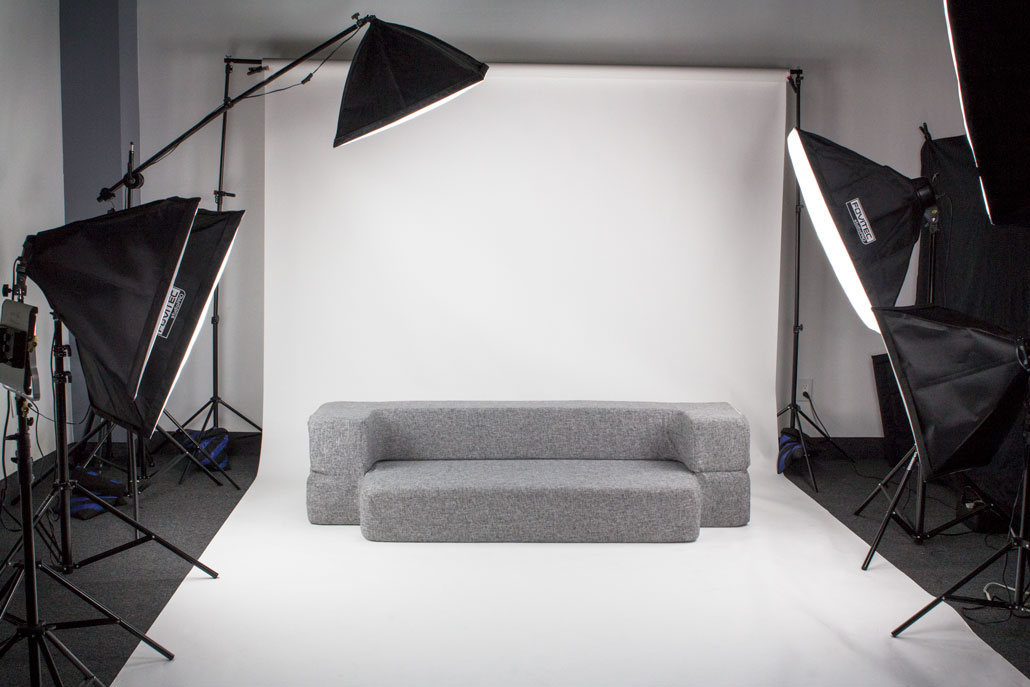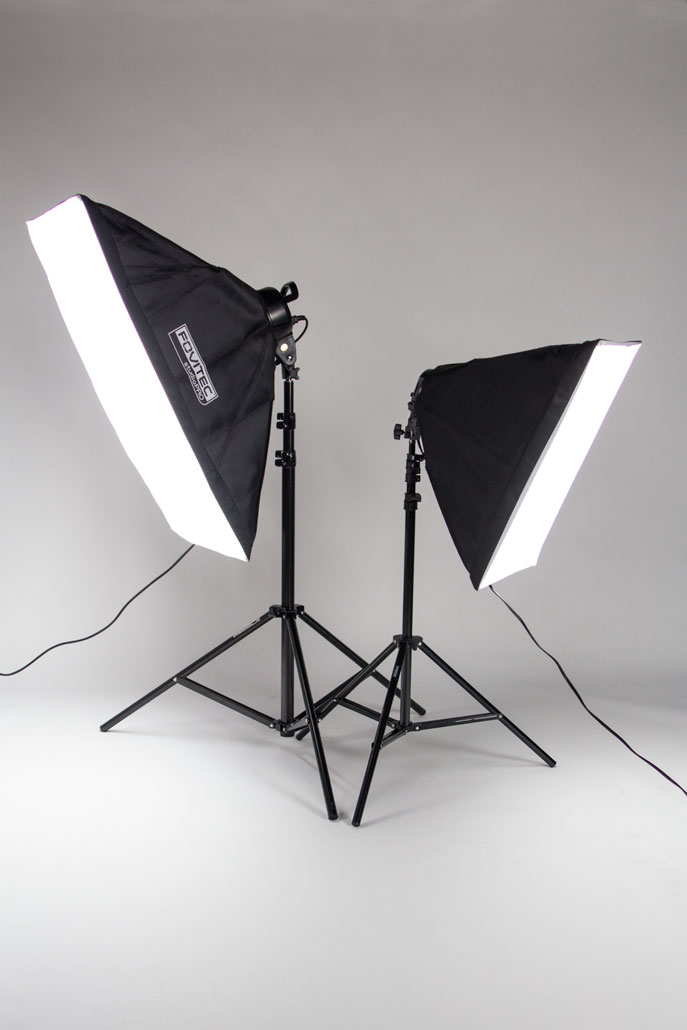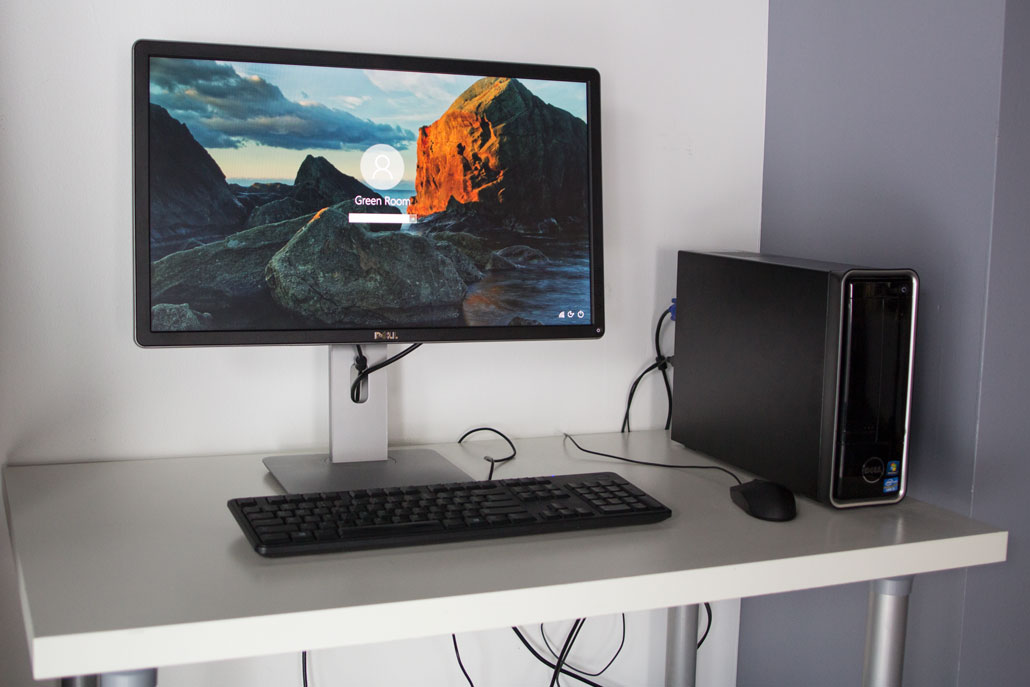The Right Time to Hire a Public Relations Agency
Often in our conversations with brands the question arises of when to hire an agency. While each situation is unique, there are a few times when agency support can be especially helpful.
Launching a Brand New Product
As an agency, we’re able to place our clients in a plethora of marquee media outlets. By giving the media a first look at the product, the brand is positioned to have a string of hard-hitting press coverage publish during the launch. This is a great way to generate buzz and place your new product at the forefront of consumer’s attention.
Holiday Season Buzz
The holiday season is a critical time of year for retail companies, as millions of potential customers are in “buying mode.” One of the most sought after media placements are Holiday Gift Guides, some of which are the only source of product information for shoppers! However, the timeline for this may start earlier than you think. We typically start Gift Guide conversations with reporters in June — yes, June! — in order to maximize coverage. Opportunities and placements will grow as we get closer to the holiday season.
Attending a Trade Show
When it comes to trade shows, our biggest priority for our clients is to make a huge splash. Whether it’s a large show like CES or an industry-specific show like Interbike, we strive to fully maximize the days you’ll be attending. In addition to booth support, we’ll secure meetings with top-tier media outlets during the show, giving you an opportunity to present your product front and center to some of the biggest names in media. On the social side, trade shows can be one of the best times to take advantage of live features and trending opportunities. Our team can be on-the-ground to handle photos, video, and live digital engagement.
Just Looking For More Brand Awareness
Maybe you’ve been selling your product for quite some time and feel like you’ve plateaued. You might feel that if you could just reach fresh eyes, your product would take off. That’s where we come in! We provide you with a PR and social “megaphone” that allows you to spread the word to millions of potential customers. With sample units available, we’re able to create engaging social content that aligns perfectly with the brand story we’re telling marquee media outlets. This one-two punch of social and PR will make sure your product is not only being seen, but being seen by the right people.

